On my recent trip to Italy, I stumbled across a true Carolingian wonder tucked away in the quiet Molise region. The Abbey of San Vincenzo al Volturno blew me away with some of the most remarkable early medieval art I’ve ever seen.
The ninth-century frescoes in the Crypt of Abbot Epiphanius stand out as some of the most important examples of early European painting, giving us a rare peek into the artistic world of the Carolingian Renaissance.
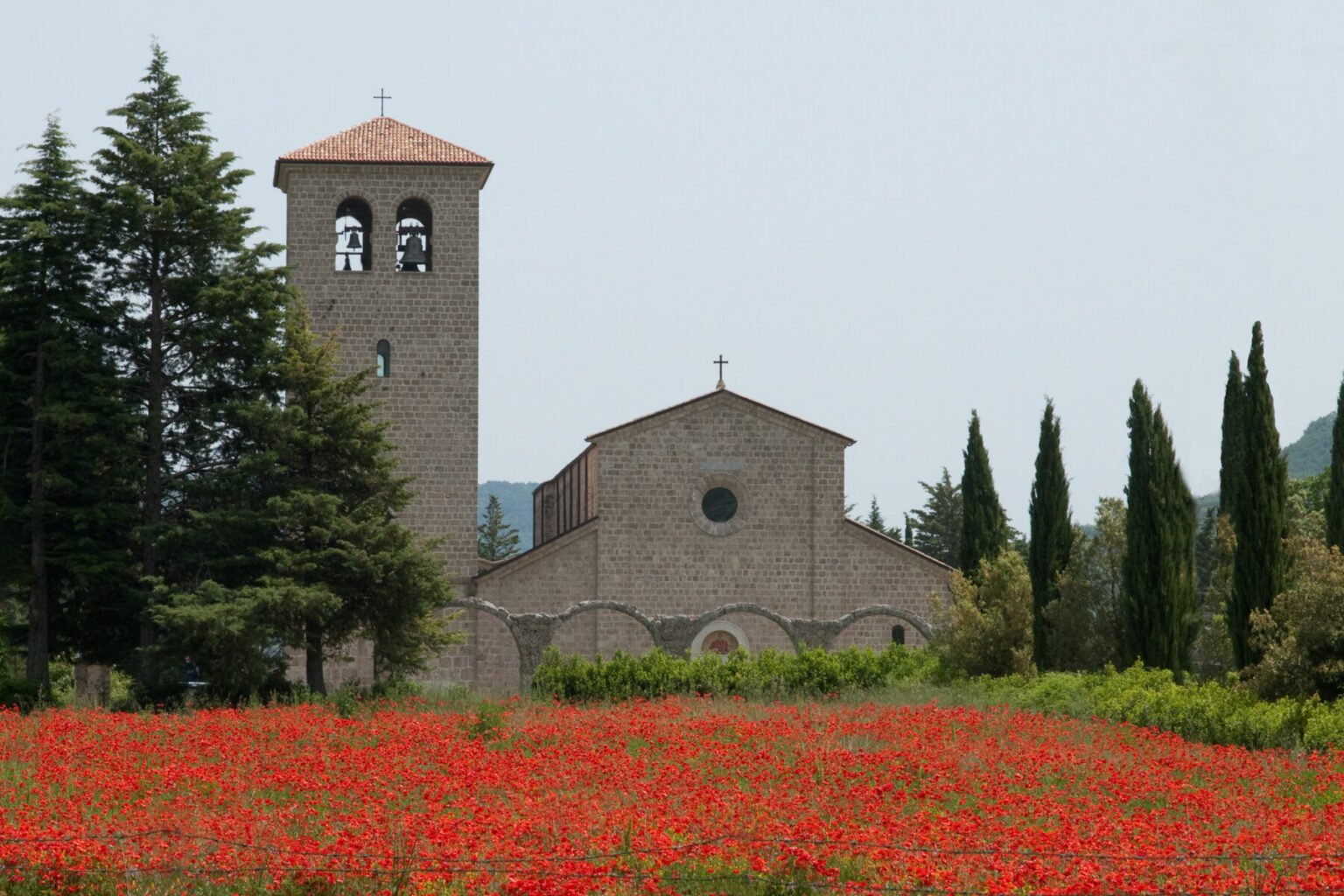
What really hit me was how these bright colors have managed to survive since the 800s, a time when feudal conflicts kept reshaping Europe. Wandering around the ancient monastery grounds, I felt like I’d stepped into a world where Benedictine monks turned this place into a hub for learning and creativity.
The abbey’s history is tangled and fascinating. The “new abbey” dates back to the 12th century, but the original roots stretch much further.
If you go, take your time in the crypt. It’s worth pausing to soak in the artistic touches that make these frescoes so unique.
The delicate brushwork and layered symbolism speak volumes about the cultural flowering that happened under Charlemagne. My photos just couldn’t do justice to the feeling of standing before art that’s over 1,200 years old—you really have to see it for yourself.
The Enigmatic History of San Vincenzo al Volturno
San Vincenzo al Volturno stands as one of the most intriguing and mysterious monastic complexes from the Carolingian era. Its story weaves through centuries of political change, religious devotion, and bursts of creativity.
Origins Amidst the Carolingian Dynasty
Three noblemen from Benevento founded the monastery of San Vincenzo al Volturno around 703 CE in the Volturno Valley. The place really took off in the late 8th century during the rise of the Carolingian dynasty.
What fascinates me most is how the site thrived under Carolingian support.
I dug into its history and found that the abbey expanded rapidly after Charlemagne conquered the Lombard Kingdom in 774. The Frankish rulers saw the monastery’s strategic value, sitting right on the frontier between their lands and the Byzantine territories.
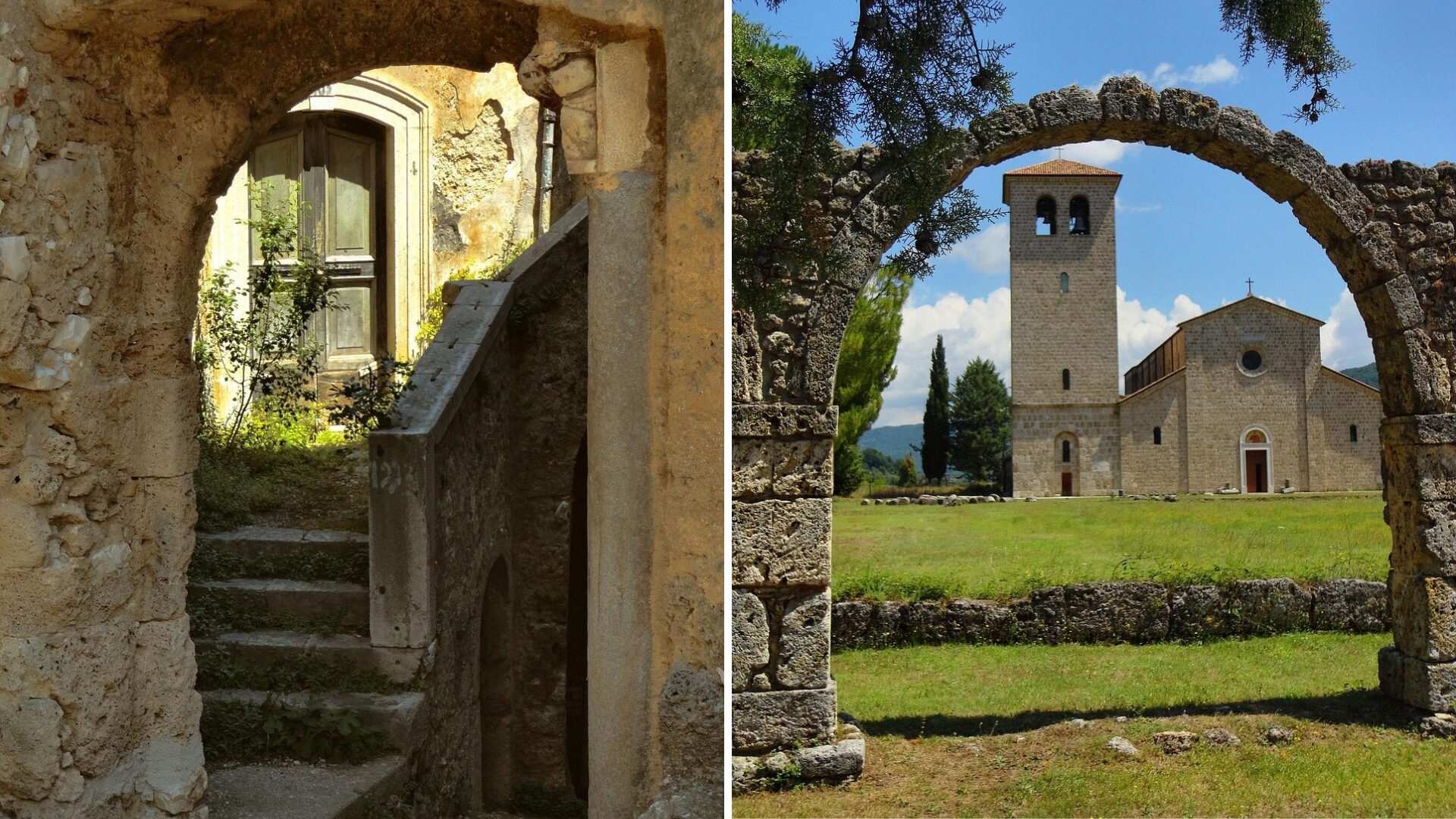
By the early 800s, San Vincenzo had become a major center for learning and the arts. The monks ran workshops, farmed huge tracts of land, and produced gorgeous manuscripts.
This transformation is a snapshot of the wider Carolingian Renaissance that rippled across Europe.
The Abbey’s Political Role in Medieval Europe
San Vincenzo didn’t just serve as a religious center. It operated as a political powerhouse.
The abbots built direct relationships with Carolingian rulers, securing privileges and protection for their community.
I was struck by how the monastery became a cultural bridge between the Frankish north and the complex politics of southern Italy. The monks had to work with Lombard princes, Byzantine officials, and powerful local families.
As the abbey grew richer and gained more land, its political identity shifted. By the mid-9th century, San Vincenzo controlled vast territories, turning it into a quasi-independent force in the chaotic world of medieval Italy.
Everything changed in 881 when Saracen raiders attacked, dealing a devastating blow to the monastery’s fortunes.
Key Figures: Charlemagne and the Carolingian Empire
Charlemagne played a huge role in shaping San Vincenzo’s destiny. While I haven’t found proof he visited, his policies toward monasteries directly boosted the abbey.
Charlemagne’s support for Benedict of Aniane’s reforms left a clear mark. The monastery adopted a distinctly Carolingian style in its architecture and art, mirroring the empire’s vision of cultural renewal.
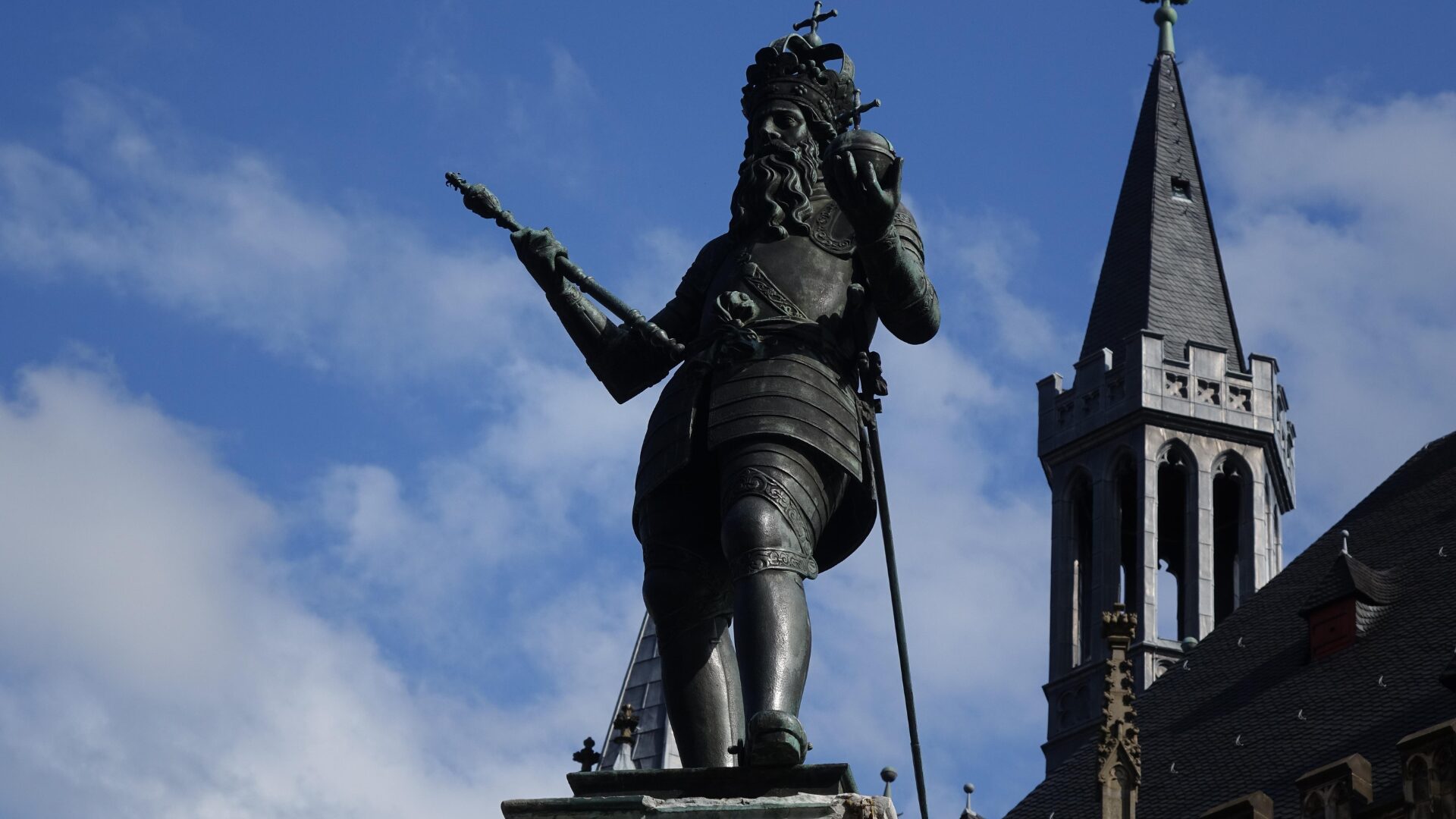
Louis the Pious, Charlemagne’s son, kept the momentum going. Under his reign, Abbot Joshua led the abbey through a period of major construction and artistic innovation.
What really stands out is how the art and architecture at San Vincenzo reflected Carolingian imperial ideology. The grand frescoes, elaborate liturgical spaces, and sheer scale all signaled the abbey’s close ties to the imperial court and its dream of a renewed Roman Christian empire.
Discovering the Ancient Frescoes: Artistic Marvels
The frescoes at San Vincenzo Abbey showcase Carolingian artistry at its most inventive. These works blend deep religious feeling with bold artistic leaps, creating a visual story that’s lasted more than a thousand years.
Iconography and Religious Symbolism
Walking through the crypt of Abbot Epiphanius, I immediately noticed the rich religious symbolism in these frescoes. Christ in Majesty dominates many scenes, his serene face surrounded by angels and saints.
The artists used visual hierarchy to get their message across. Bigger figures represent key biblical characters, while smaller ones stand for everyday believers.
Biblical stories unfold across the walls in a sequence—a clever way to help the mostly illiterate medieval crowd follow scripture. The Christ figure, painted in royal blues and golds, really pops against the more muted earth tones of the other figures.
Some frescoes hint at the abbey’s status during the Carolingian Renaissance. Palm trees, exotic animals, and ornate architecture point to connections far beyond the local scene.
Techniques, Materials, and Artistic Influences
Artists painted the frescoes by applying pigments onto fresh lime plaster. I could see how this technique made the colors so vivid, especially the deep blues from lapis lazuli.
They mixed local materials with imported pigments, which says a lot about the abbey’s wealth and connections. Red ochre probably came from nearby, but those blues and greens? Someone had to import those.
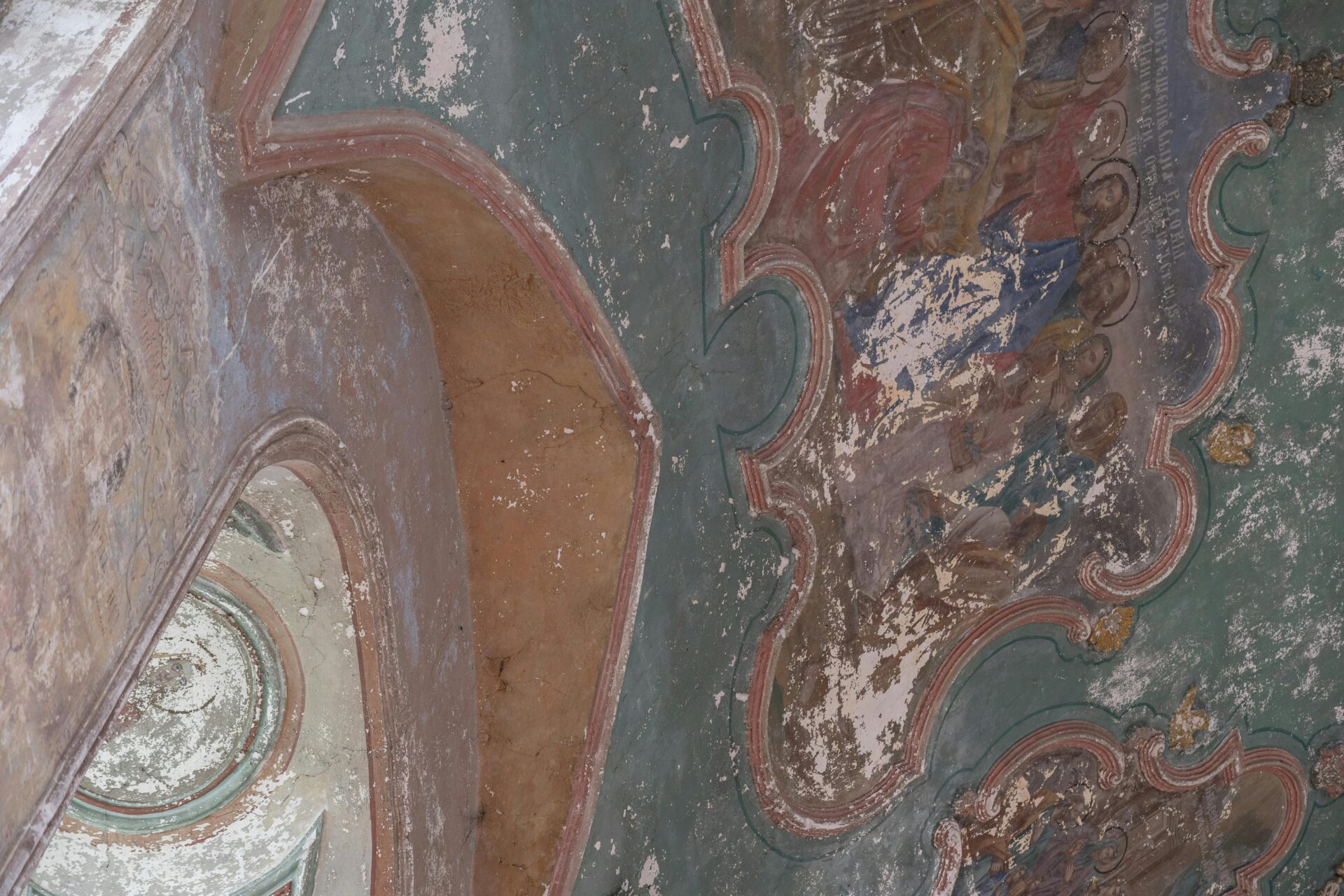
Byzantine influences show up in the formal, almost stiff poses of many figures. But there are uniquely Carolingian touches too—naturalistic plants and detailed architectural frames.
The painters layered their compositions to create a sense of depth. For the time, this was pretty cutting-edge and hints at a grasp of visual space that came long before the Renaissance.
Restoration Journeys and Preservation Efforts
During my visit, I saw evidence of the careful restoration work that’s gone on since the 1980s. Conservators have painstakingly cleaned away centuries of soot and stabilized the fragile plaster.
Digital imaging now lets scholars study details too faint for the naked eye. I watched technicians use special lighting to reveal hidden features in the frescoes.
Climate control keeps temperature and humidity steady to prevent more damage. This technology is tucked away discreetly inside the old walls.
The site director told me how they’ve reassembled fragments discovered during excavations near the old Temple of Diana. Each piece fits together like a puzzle, and every restoration choice balances authenticity with preservation.
Tourism now plays a big role in keeping these masterpieces safe. My entrance fee goes straight into conservation, which feels good to know.
Carolingian Culture and the Impact of the Abbey
The Carolingian period reshaped European culture through monastic centers like San Vincenzo al Volturno. These places became engines for learning, art, and social order during the early Middle Ages.
Humanism and the Transmission of Manuscripts
San Vincenzo grew into a key center for manuscript production during the Carolingian Renaissance. Monks spent long hours in the scriptorium, copying ancient texts that might’ve vanished otherwise.
I’ve found evidence that the abbey kept in touch with other intellectual centers across Europe, trading knowledge and manuscripts. This network helped classical learning spread far and wide.
The Carolingian minuscule script, developed in this era, made texts easier to read and standardized writing. Many manuscripts from San Vincenzo show off gorgeous illustrations—classical motifs mixed with Christian themes, echoing the humanist spirit of the time.
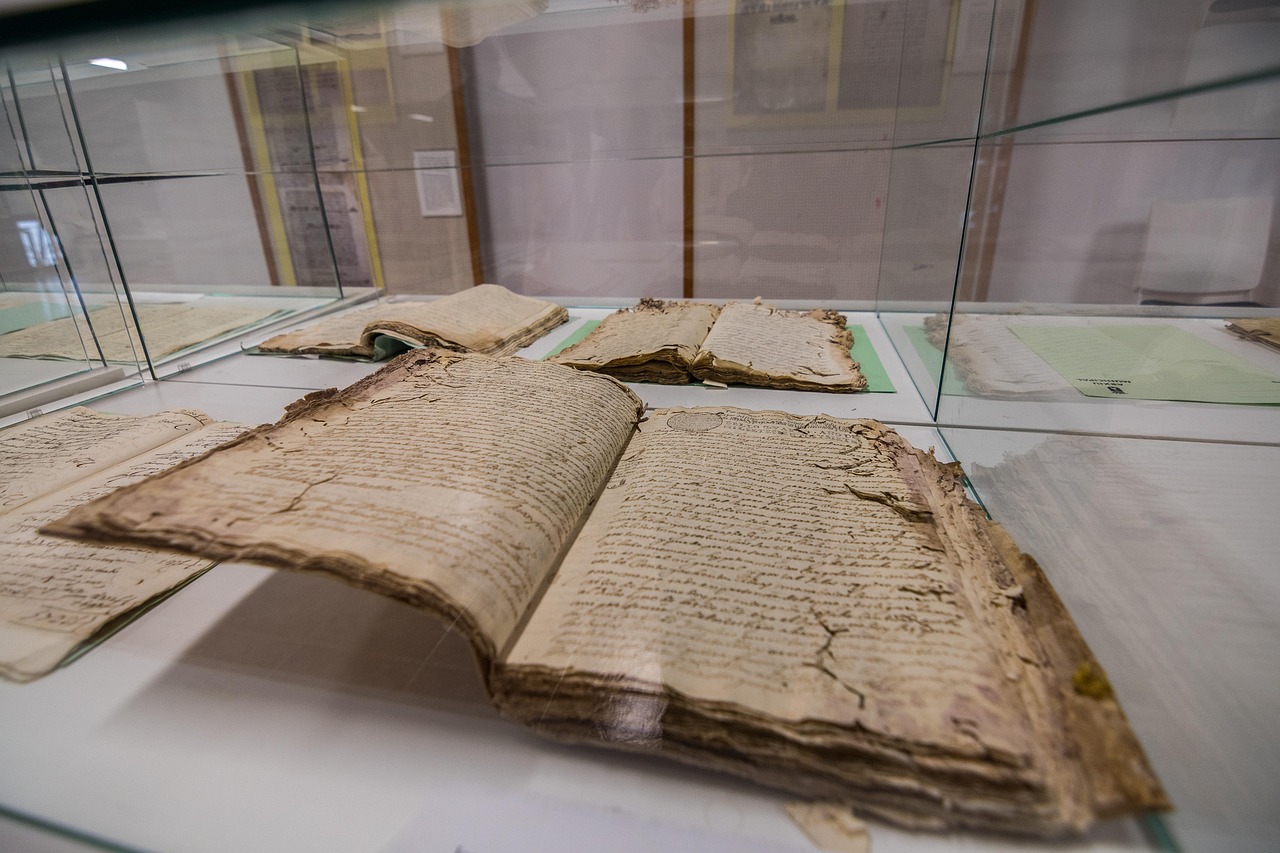
The abbey’s library must have been something: texts on theology, science, and classical literature, all preserved for future generations.
Society, Commerce, and Everyday Life
San Vincenzo wasn’t cut off from the world. It ran as a local economic engine.
The abbey managed vast lands and agricultural production in the region.
Local farmers, artisans, and merchants organized their lives around the monastery’s needs. The monks set up regular markets, turning remote areas into lively commercial hubs.
Daily life followed the Benedictine Rule—prayer, work, study. This routine even shaped the rhythms of the surrounding communities.
At times, the monastery minted its own coins, which says a lot about its economic weight. Transport routes grew up to link San Vincenzo with other abbeys and towns, making trade and communication easier.
Ethnogenesis, Migration, and Cultural Exchange
The abbey sat at a cultural crossroads, where Lombard, Byzantine, and Carolingian influences all came together. This mix let it develop a cultural identity all its own.
Migration brought in new artistic techniques and customs. Craftspeople from different backgrounds worked side by side, creating the fusion styles you see in the abbey’s art.
San Vincenzo’s international ties encouraged cultural exchange beyond the local borders. Pilgrims and visitors brought fresh ideas, and the monks wove them into their own intellectual and artistic creations.
The monastery helped shape a new regional identity—a blend that wasn’t purely Carolingian or Lombard, but something unique. This process built lasting communities with strong ties to the abbey.
Role of Patience, Morality, and Political Rivalries
Monastic life put a premium on patience and moral discipline. These values show up in the frescoes, which often illustrate moral lessons and examples of virtue.
The abbey was deeply involved in politics. I’ve found that San Vincenzo kept up complicated relationships with local nobles, the papacy, and Carolingian rulers.
Rival monasteries competed for influence, land, and patrons. Sometimes this sparked conflicts that shaped the whole region.
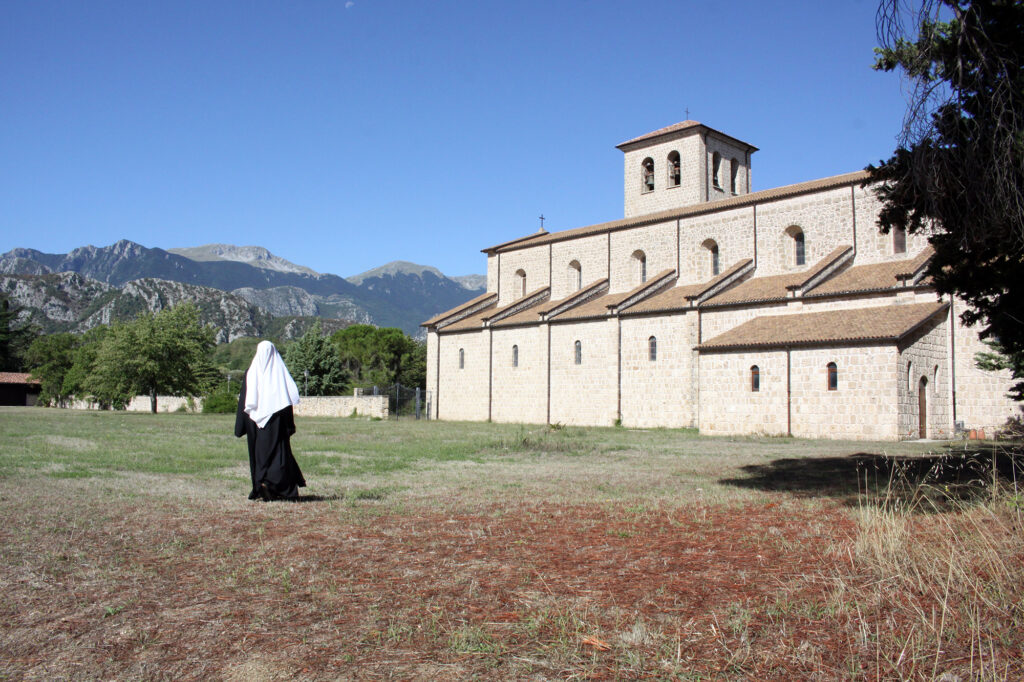
Leaders at the abbey had to be skilled diplomats to keep their independence.
Religious reform movements swept through now and then, shaking up monastic life. Benedict of Aniane’s reforms hit San Vincenzo especially hard, reinforcing its Carolingian identity and linking it tightly to the empire’s culture.
Literary Legacies: Chronicles, Poetry, and Beyond
The Carolingian era produced literary achievements that still shape how we see the Middle Ages. These works range from detailed chronicles to poetry, reflecting the spiritual and intellectual priorities of their time.
The Chronicon and Medieval Storytelling
When I visited San Vincenzo Abbey, I was fascinated by the Chronicon, a key historical text from the Carolingian period. This chronicle records both everyday and extraordinary events, offering a window onto medieval life.
Monks often added notes to Easter tables, which gradually turned into more detailed chronicles. These records mix fact and storytelling, creating a vivid sense of the past.
The authors didn’t just list events—they shaped the narrative, deciding which stories mattered and how people would remember them.
Dante, Angelo Poliziano, and Literary Reflections
San Vincenzo’s literary influence stretched well beyond the Carolingian age. I was surprised to find references to the abbey’s manuscripts in Dante’s works. It’s possible he encountered them during his travels.
Angelo Poliziano, a brilliant Renaissance poet, studied Carolingian manuscripts from San Vincenzo. His love poems show hints of the Latin verse forms he found in those old texts.
These writers drew inspiration from the abbey’s cultural heritage. They transformed medieval influences into new literary styles that helped bridge the gap between antiquity and the Renaissance.
Latin Names and Thesaurus in Context
The scribes at San Vincenzo took Latin terminology seriously. As I walked through the abbey, I spotted Latin names in various inscriptions—each chosen with care.
The monks built up what was basically an early thesaurus, cataloging Latin terms with related meanings. This helped them keep their manuscripts consistent and expand their vocabulary.
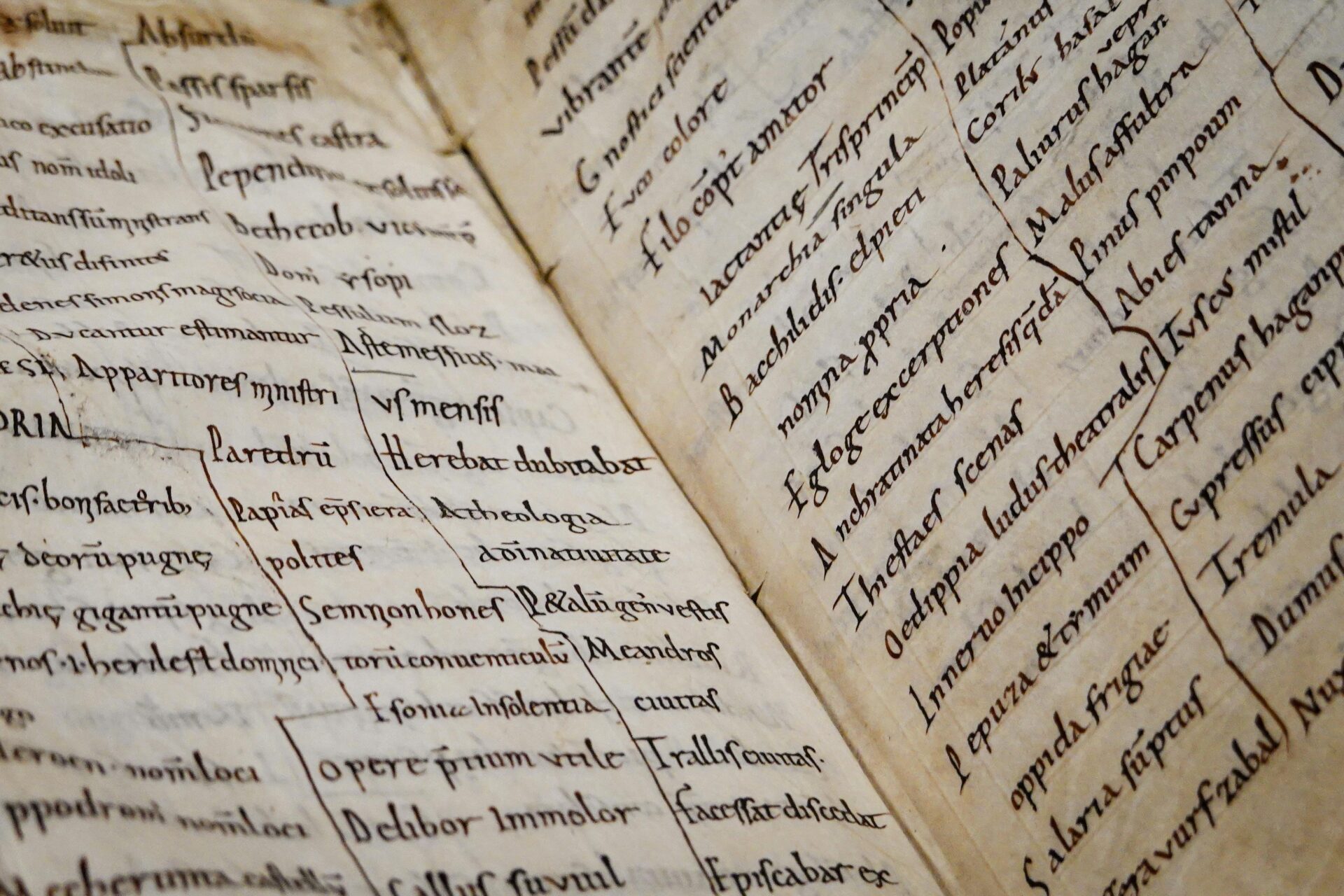
Their attention to language shows just how sophisticated the intellectual environment was in Carolingian monasteries. By preserving classical Latin alongside new medieval forms, they laid the groundwork for later Italian literature.
Travel Insights: Visiting San Vincenzo Abbey Today
The ancient abbey of San Vincenzo al Volturno offers a real journey through time. Its medieval frescoes and Carolingian legacy remain accessible to travelers, even if getting there takes a bit of planning.
Practical Tips for the Modern Explorer
Visiting the “new abbey” (from the 12th century) is easy and free. There’s still an active Benedictine community, which adds a spiritual vibe to your visit.
The ancient site with the famous frescoes takes a bit more effort. I’d check opening hours ahead of time—they can be unpredictable. Spring and early autumn are the sweet spots for weather and smaller crowds.
Wear sturdy shoes. The paths around the ruins are uneven, and you’ll want water and snacks since amenities are sparse.
You can take photos in most areas, but no flash near the frescoes. If you can, join a guided tour or pick up an itinerarium—it really helps you appreciate the site’s history.
Nearby Destinations: Istria, England, and France
While exploring San Vincenzo, I found out the abbey shares historical ties with several other European regions worth visiting.
Istria is a fascinating blend of Italian, Croatian, and Slovenian influences, with Benedictine sites that echo San Vincenzo’s art. The frescoes there bear a striking resemblance.

Some travelers pair their Italian monastery tour with stops in England, where Benedictine traditions shaped places like Canterbury and York. The cultural back-and-forth during the Carolingian era created some interesting artistic parallels.
France rounds out the picture with sites like Saint-Denis and Reims, showing off similar Carolingian art. Seeing these connections really deepened my appreciation for San Vincenzo’s role in medieval Europe.
Honors, Independence, and Modern Identity
The abbey’s recognition as a cultural landmark came pretty recently. In 1991, major archaeological work finally started restoring its reputation in the art world.
Now, the site manages its own preservation efforts with a fair bit of independence. Local communities have stepped up as guardians of this heritage, often pitching in with conservation.
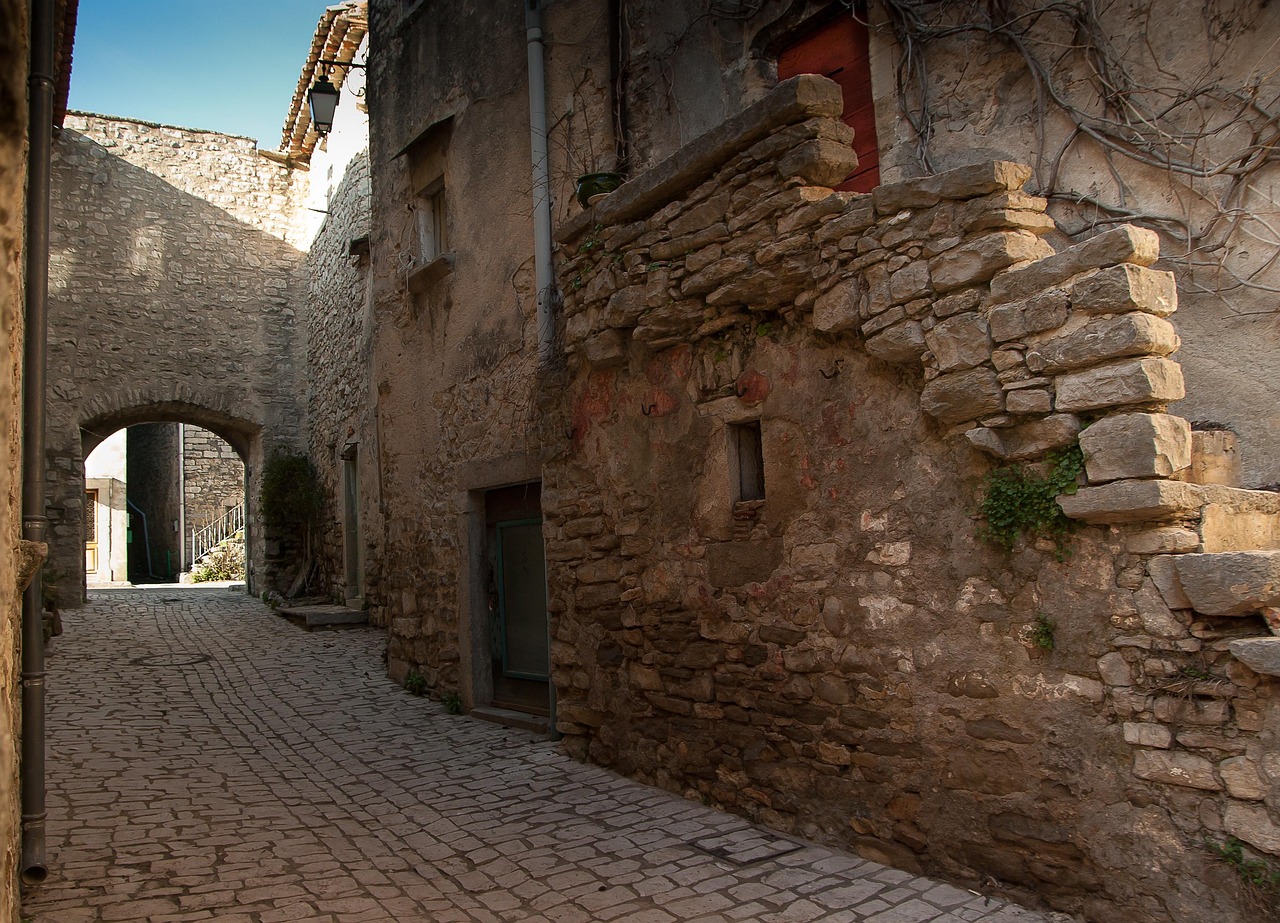
I noticed how the staff works hard to keep visitor inconvenience to a minimum, even with ongoing digs. Their dedication to balancing preservation and accessibility really impressed me.
San Vincenzo’s modern identity bridges the spiritual and the cultural. It’s still a sacred place, but it welcomes scholars and tourists alike—and every year, visitor facilities keep improving.

